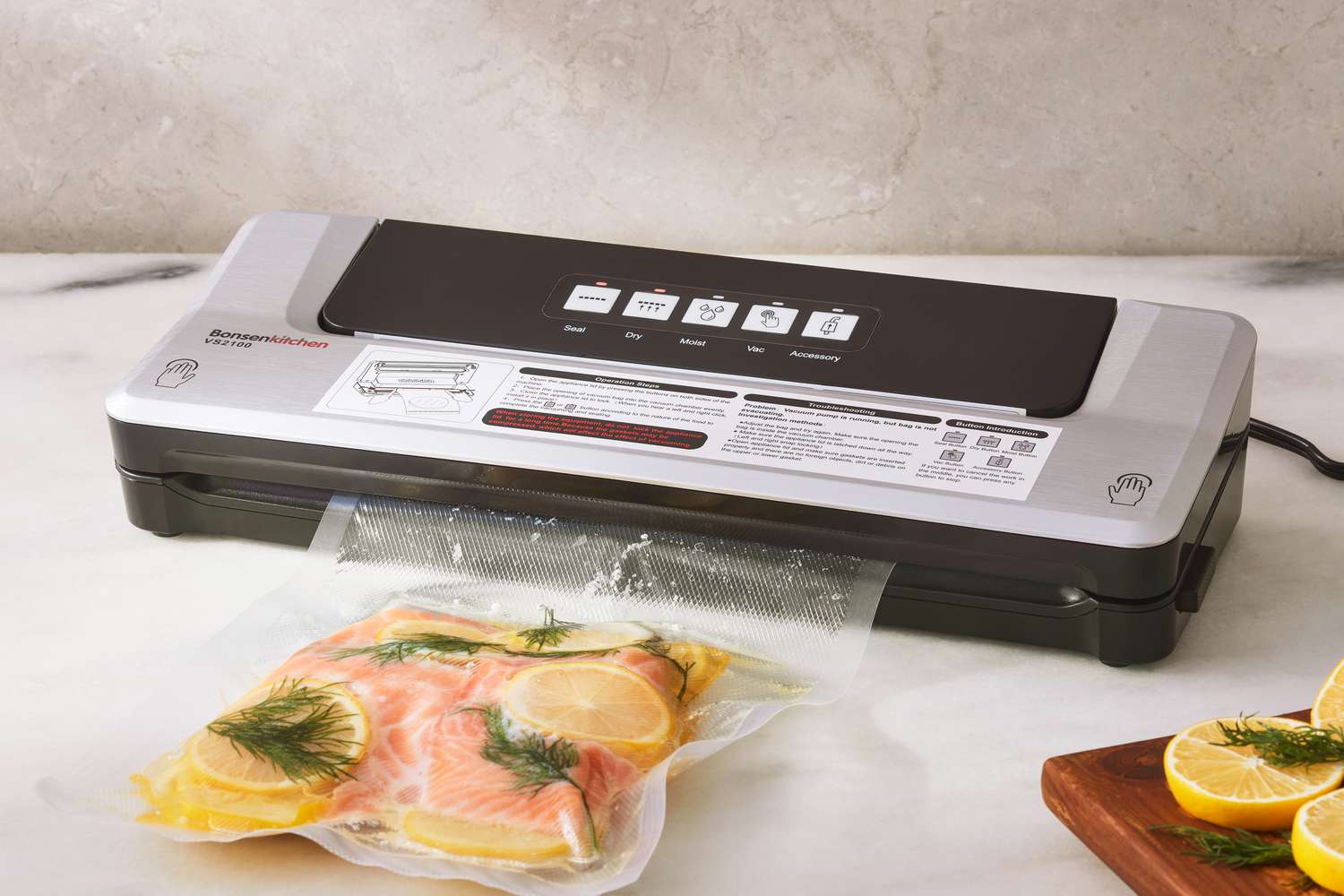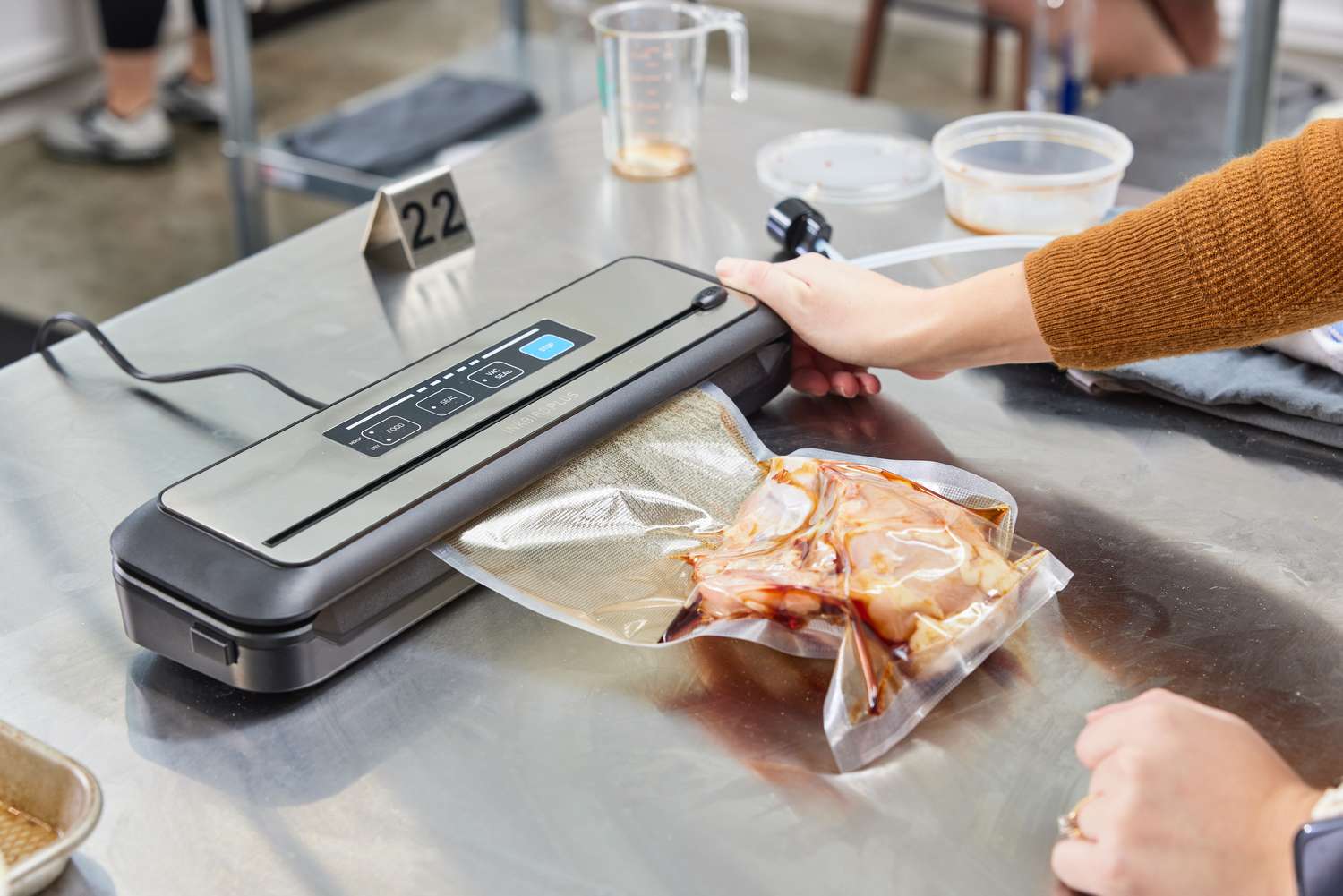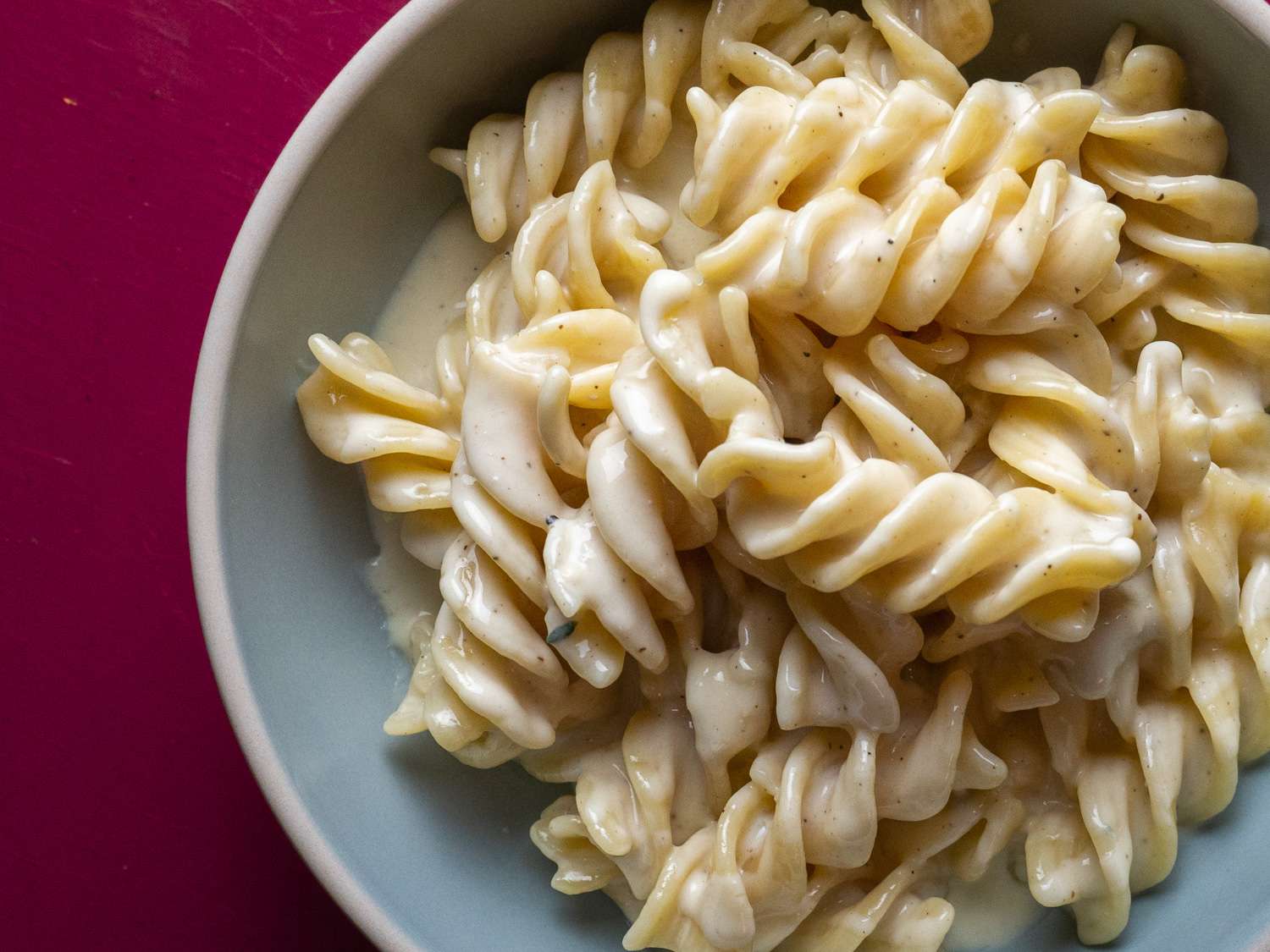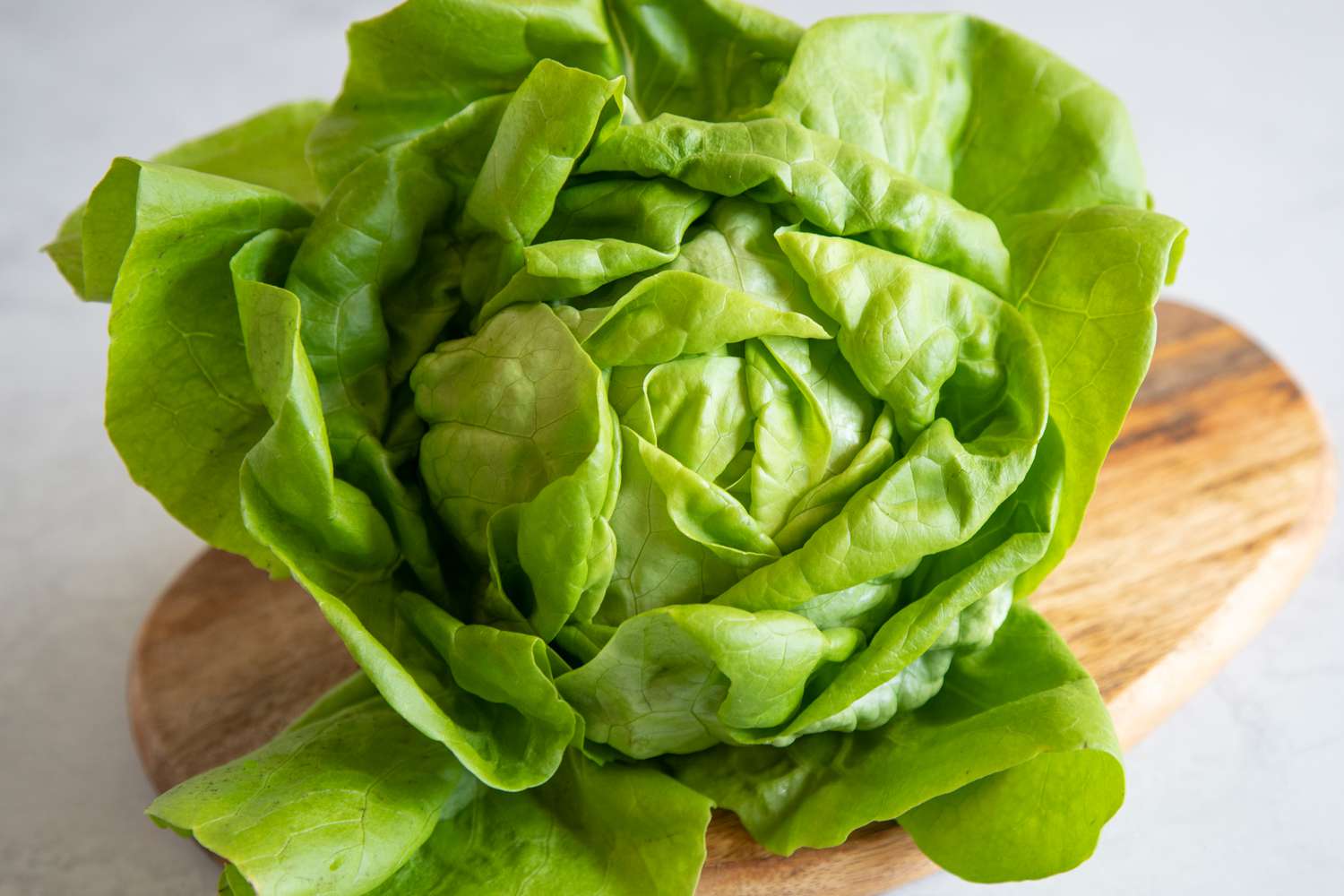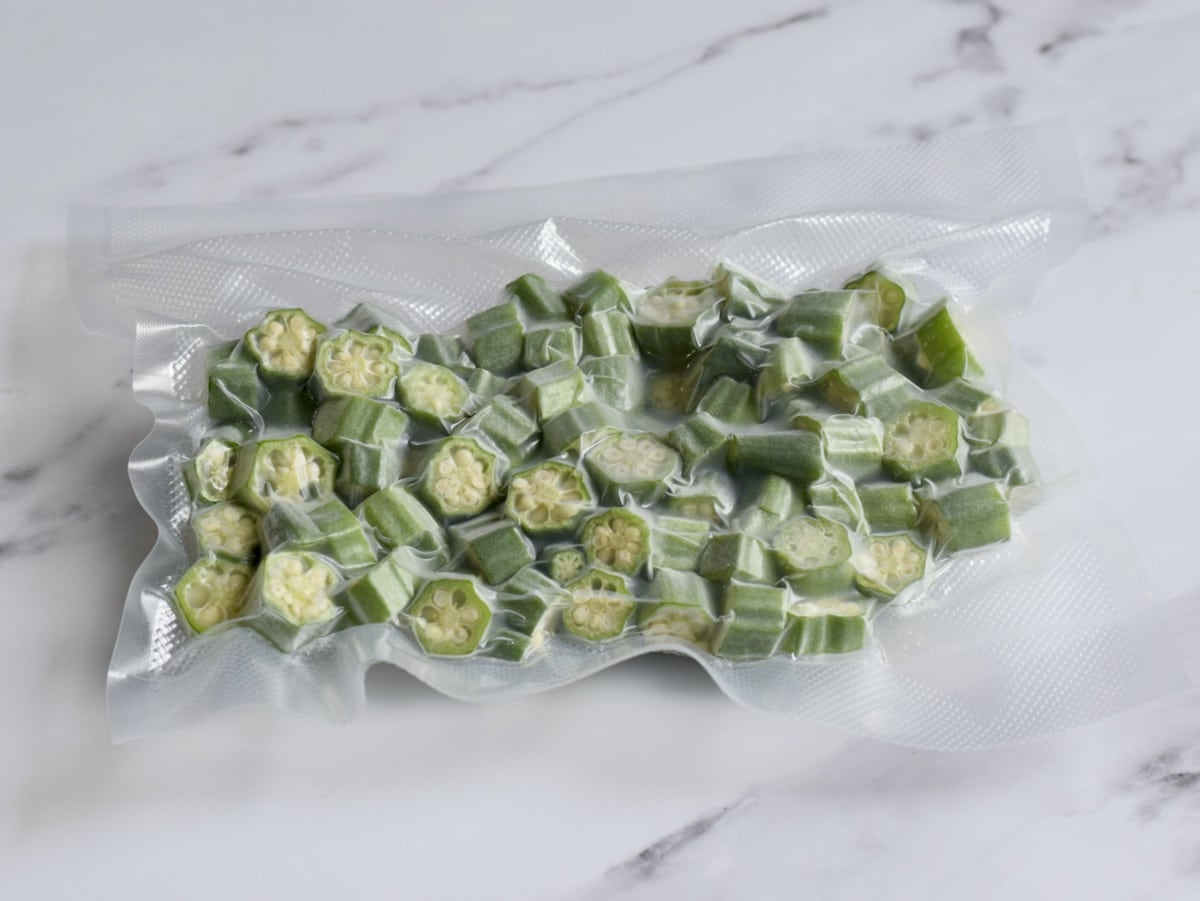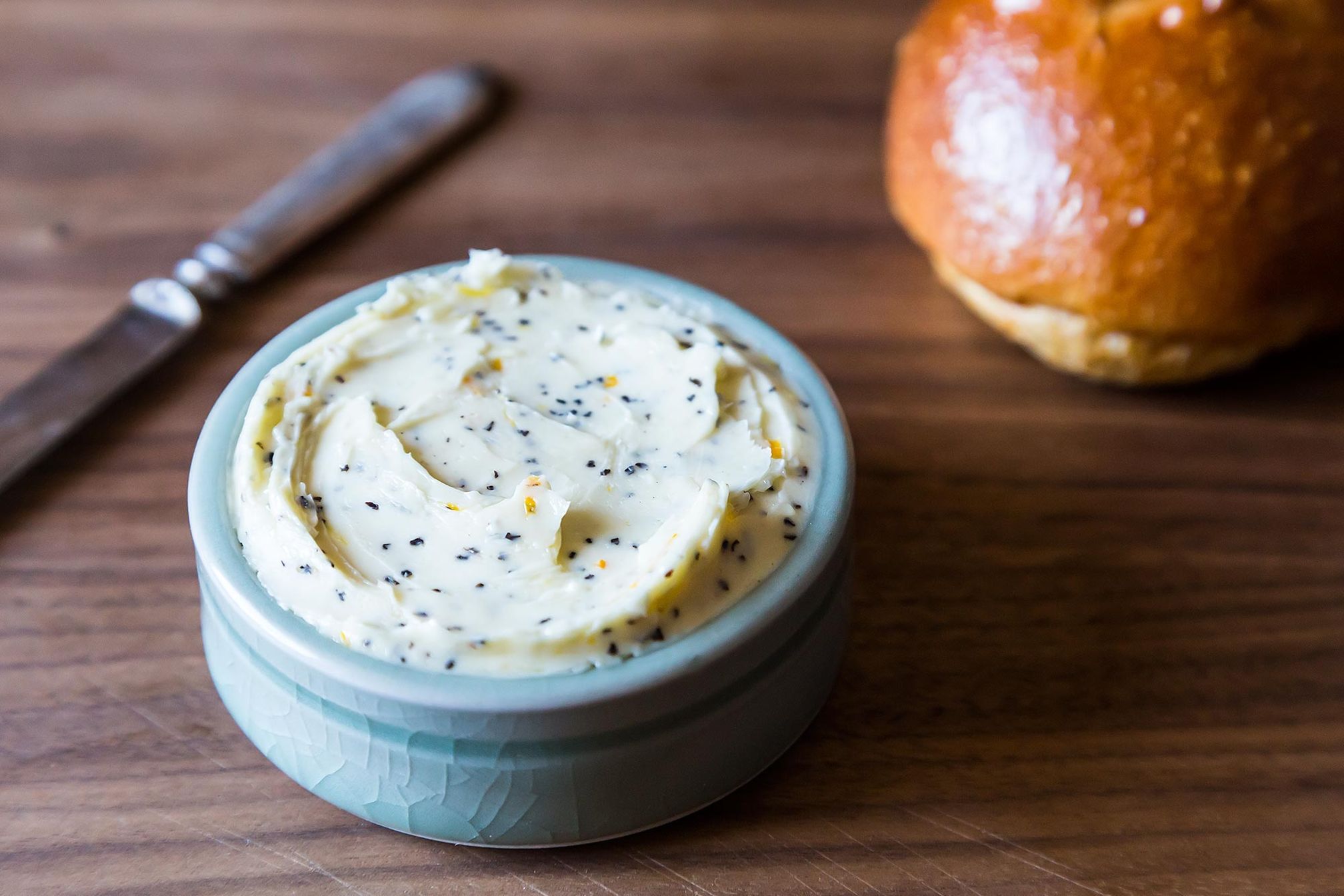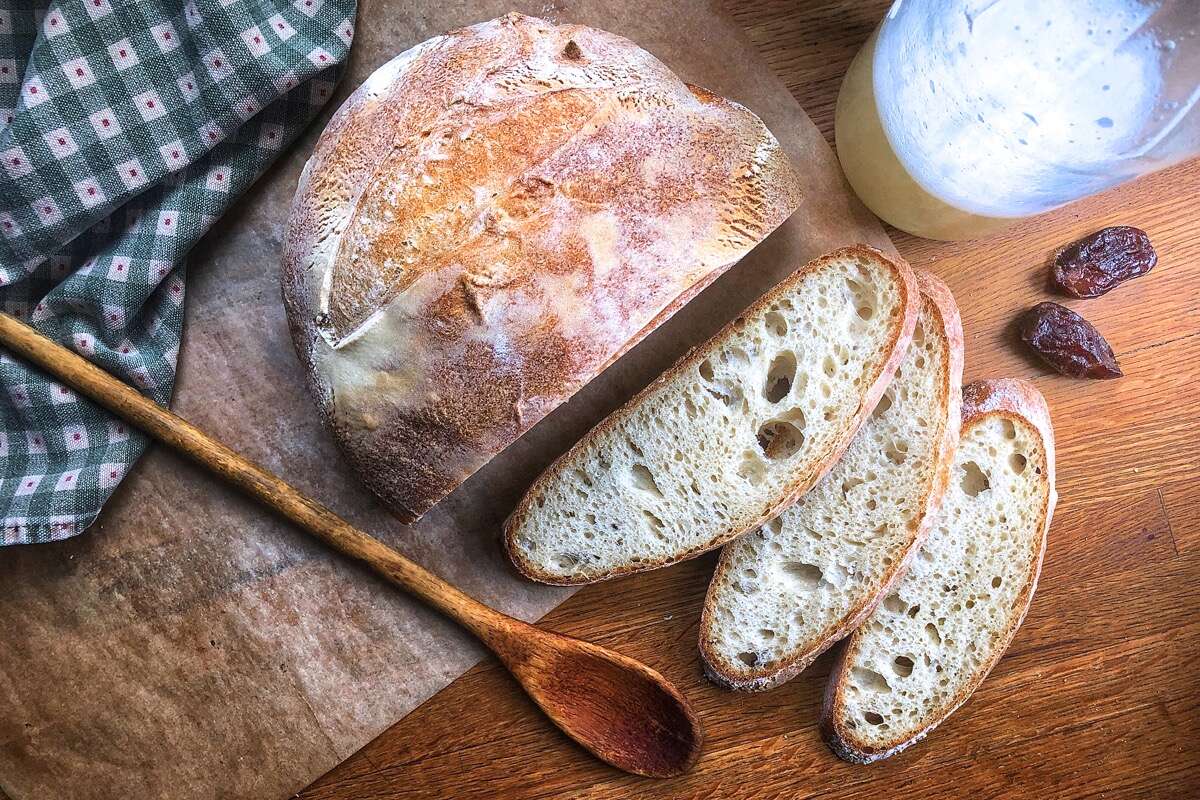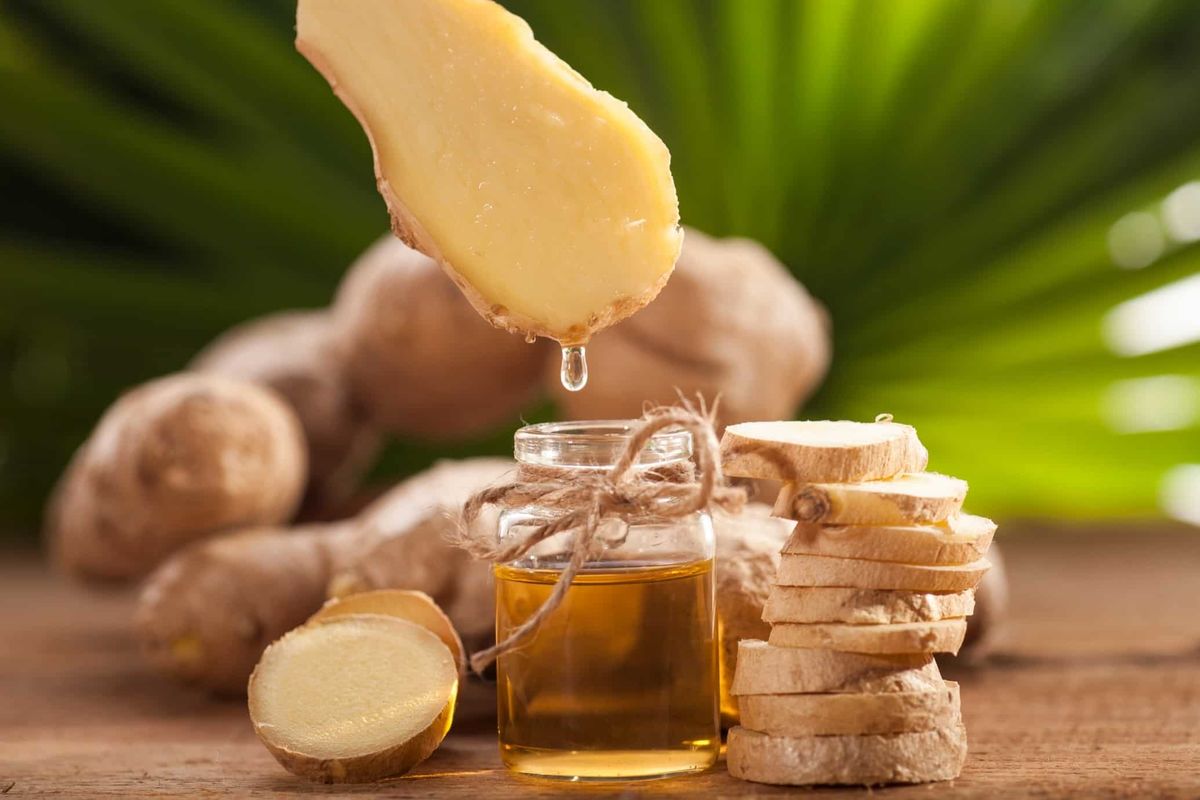Preserving Potatoes: A Guide to Vacuum Sealing and Freezing
When it comes to preserving potatoes, vacuum sealing and freezing can be an effective method to extend their shelf life. Whether you have a surplus of potatoes from your garden or want to take advantage of a great deal at the grocery store, this guide will walk you through the steps to properly vacuum seal and freeze potatoes for long-term storage.
Choosing the Right Potatoes
Before you begin the preservation process, it’s important to select the right type of potatoes. Look for firm, blemish-free potatoes that are free from any signs of rot or decay. Russet, Yukon Gold, and red potatoes are all suitable options for vacuum sealing and freezing.
Preparing the Potatoes
Start by washing the potatoes thoroughly to remove any dirt or debris. Once cleaned, peel the potatoes and cut them into the desired size. Whether you prefer cubes, slices, or wedges, uniform pieces will ensure even cooking when you’re ready to use them.
Blanching the Potatoes
Blanching is an essential step to preserve the quality of the potatoes before freezing. Bring a pot of water to a boil and carefully add the prepared potatoes. Blanch small potato pieces for 3-5 minutes and larger pieces for 5-7 minutes. Once blanched, quickly transfer the potatoes to a bowl of ice water to stop the cooking process.
Vacuum Sealing the Potatoes
Once the blanched potatoes have been thoroughly dried, it’s time to vacuum seal them. Arrange the potatoes in a single layer on a baking sheet and place them in the freezer for a few hours. This will pre-freeze the potatoes, preventing them from getting crushed during the vacuum sealing process. After pre-freezing, transfer the potatoes to vacuum seal bags or containers, ensuring they are arranged in a single layer to allow for efficient sealing.
Sealing and Freezing
Using a vacuum sealer, carefully remove the air from the bags or containers and seal them tightly. Label the packages with the date and type of potatoes to keep track of their freshness. Once sealed, immediately place the bags or containers in the freezer. Potatoes can be stored in the freezer for up to 12 months, maintaining their flavor and texture when properly sealed.
Thawing and Using Frozen Potatoes
When you’re ready to use the frozen potatoes, it’s important to thaw them properly to preserve their quality. Remove the desired amount of potatoes from the freezer and thaw them in the refrigerator overnight. Avoid thawing at room temperature, as this can lead to the development of bacteria.
Frozen potatoes can be used in a variety of dishes, including soups, stews, casseroles, and even as a side dish. Keep in mind that frozen potatoes may have a slightly different texture than fresh ones, but their flavor and nutritional value remain intact.
Final Thoughts
Vacuum sealing and freezing potatoes is a convenient way to preserve this versatile vegetable for future use. By following these simple steps, you can ensure that your potatoes stay fresh and flavorful for an extended period. Whether you’re stocking up for the winter or simply looking to reduce food waste, this preservation method is a valuable skill for any home cook.
So, next time you have an abundance of potatoes, consider vacuum sealing and freezing them to enjoy their delicious taste long after the harvest season has passed.
More Delicious Potato Recipes to Try
Now that you've mastered vacuum sealing and freezing potatoes, it's time to put those skills to good use with an array of tempting recipes. From hearty meals to light snacks, these dishes are perfect for any occasion. Try the Hearty Beef and Potato Stew Recipe for a comforting dinner or the Cheesy Potato Casserole Recipe for a delightful side dish. If you're in the mood for something international, the Spanish Tortilla de Patatas Recipe offers a taste of Spain right in your kitchen. For those seeking a vegan option, the Vegan Potato and Spinach Curry Recipe is highly recommended. These recipes not only provide a delicious way to utilize your preserved potatoes but also help in expanding your culinary repertoire.
Was this page helpful?
Read Next: How To Vacuum Seal And Freeze Strawberries
